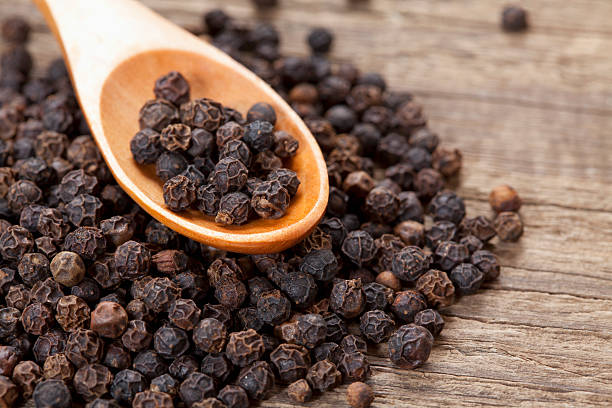Clever tips for easy ironing for smooth laundry at a glance. This way you can finish the laundry quickly and effectively and put an end to wrinkles. Learn how to iron properly now and get to know the best iron test, winners.
Ironing tips for beginners
It takes a few tricks and you can easily get smooth laundry. Therefore, our ironing tips will help you to use the iron and ironing board correctly. Do we also clarify the most important questions: iron at high or low temperatures? What can be ironed? Is there an ironing technique for shirts or jeans? And what am I even allowed to iron? Or which iron is the best? In this article, all questions will be answered.
Ironing tips for special materials
Fortunately, we have a variety of fabrics to choose from for our clothes. But that also means that we have to pay attention to the different fabrics and their care instructions and properties. The best way to find out if a garment can be ironed is to always look at the label sewn into the garment. We have also summarized the most important cases:

- Cotton and linen fabrics can usually be ironed at high temperatures.
- synthetic fibers such as B. nylon, viscose, and wool, usually show a crossed-out ironing symbol and should not be ironed.
- Women’s blouses and men’s shirts must be ironed while damp, with a steam iron, or by spraying them with water first. This method protects the material.
- Ironing delicate items such as wool or silk is more difficult. They should not be sprinkled with water or ironed with a steam iron. It is better to place silk or wool items between two damp household towels and then iron them, as this is the sensitive fibers.
- Be sure to iron difficult garments with embroidery and embellishments inside out. Place a kitchen towel between the clothes and the iron to protect them.
- When ironing dresses with hems, be careful to only iron the folded edge of the skirt hem, not the actual hem. This way you avoid the unsightly outline of the hem.
- Even professionals need 5 to 10 minutes per ironing shirt. It, therefore, makes sense to always iron shirts together with other shirts so that you can concentrate fully on the shirt.
The correct order of ironing
Selection by temperature: To avoid having to turn the iron up and down and wait for the right temperature, sort your laundry before ironing according to the necessary ironing temperature. Start with the delicate fabrics on low heat and then gradually increase the temperature for the more robust items.
Choosing by size: So that one part of the garment does not crumple again while you are ironing the other part, it makes sense to stick to the following sequence: All small, difficult parts such as the button placket, buttonhole placket, collar, cuffs, the tricky shoulder area, and the sleeves. Only then do you start ironing the larger parts of the garment, i.e. the chest and back areas.
General household tips for ironing
In addition to the information worth knowing about the right temperature and ironing tips for the respective fabrics, you should also heed other general ironing tips. Therefore, we have summarized other important tricks for smooth laundry for you:

1) save your back
Always protect your back when ironing. If you bend over while ironing, it is not good for your back and can lead to tension and severe back pain. If you iron standing up, you should adjust the height of the ironing board to hip height. This ensures a healthy posture.
2) Iron while damp
Always iron textiles while damp because once the laundry has completely dried it is much more difficult to iron. It is best if the laundry is still on the clothesline and is only slightly damp or clammy. The heavier and thicker the fabric, the more important it is to work with moisture. You can also spray the ironing pieces individually with water before ironing.
3) Use a steam iron
Using a steam iron saves on wetting the laundry. The necessary moisture, which is supposed to help us when ironing, comes out of the iron as steam. However, steam irons can give off too much moisture, then clothes need to be ironed much longer to get them dry again.






